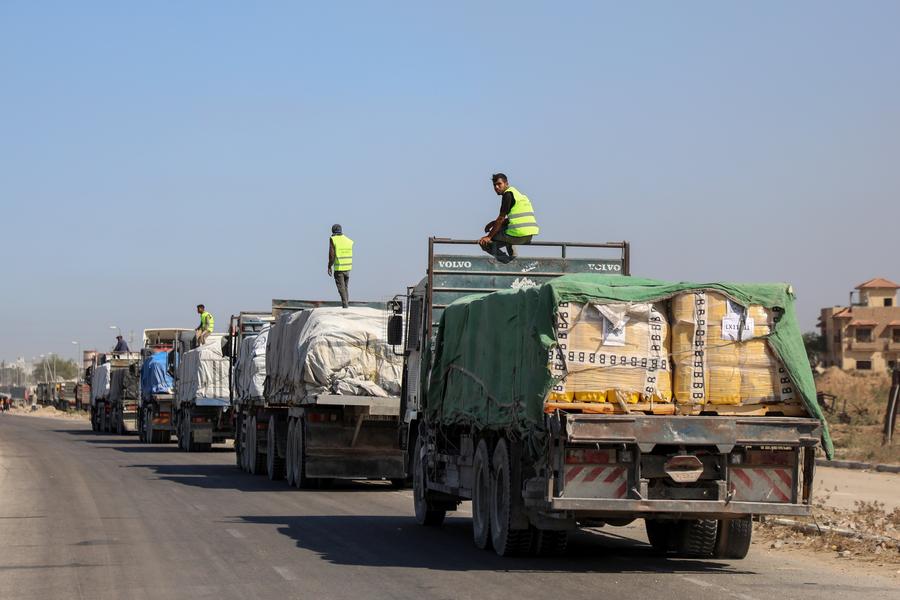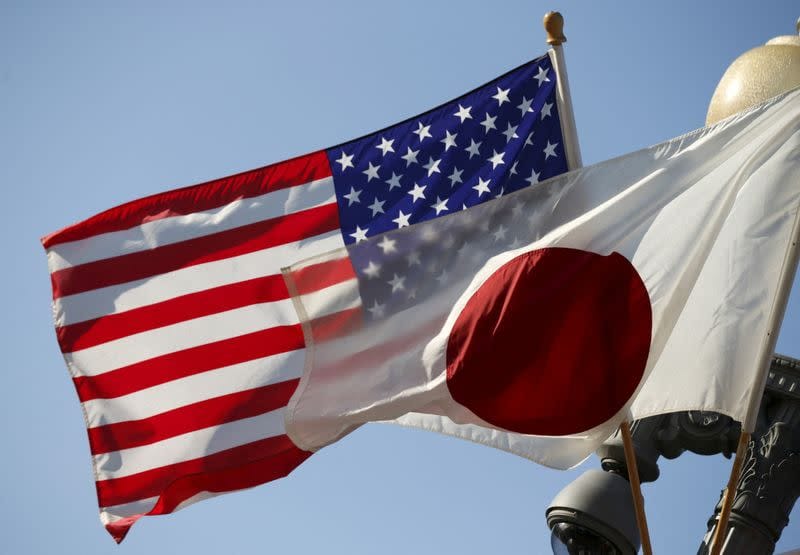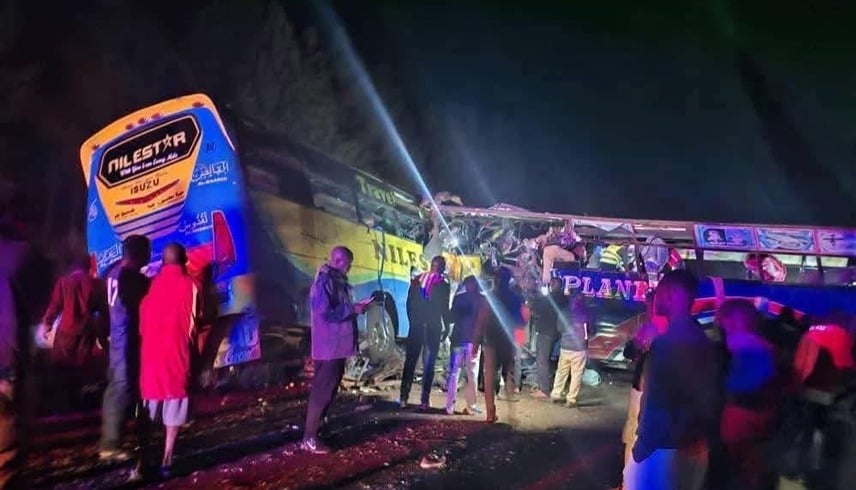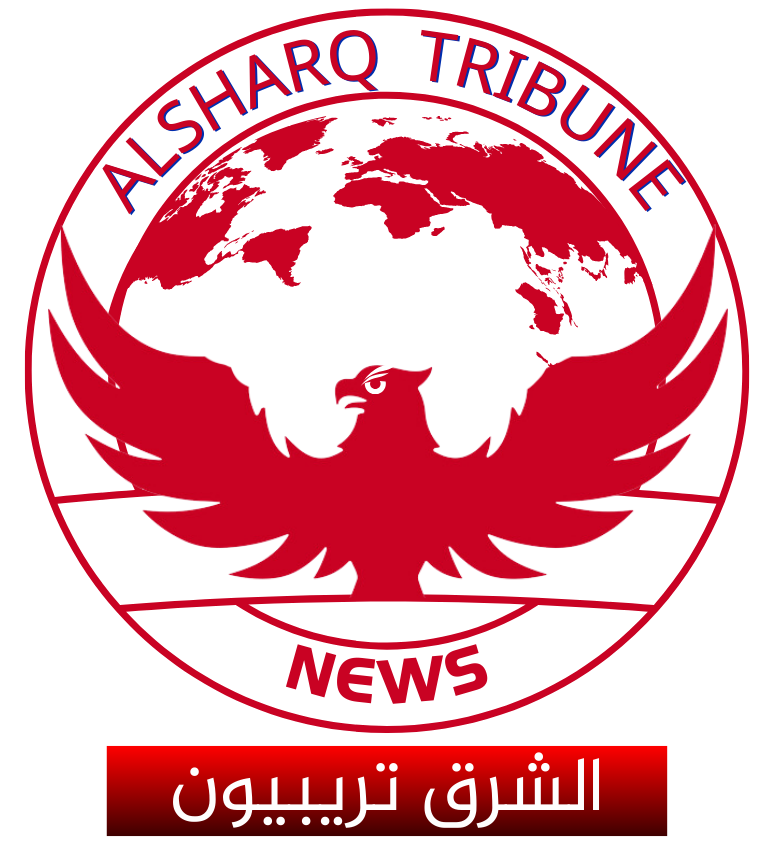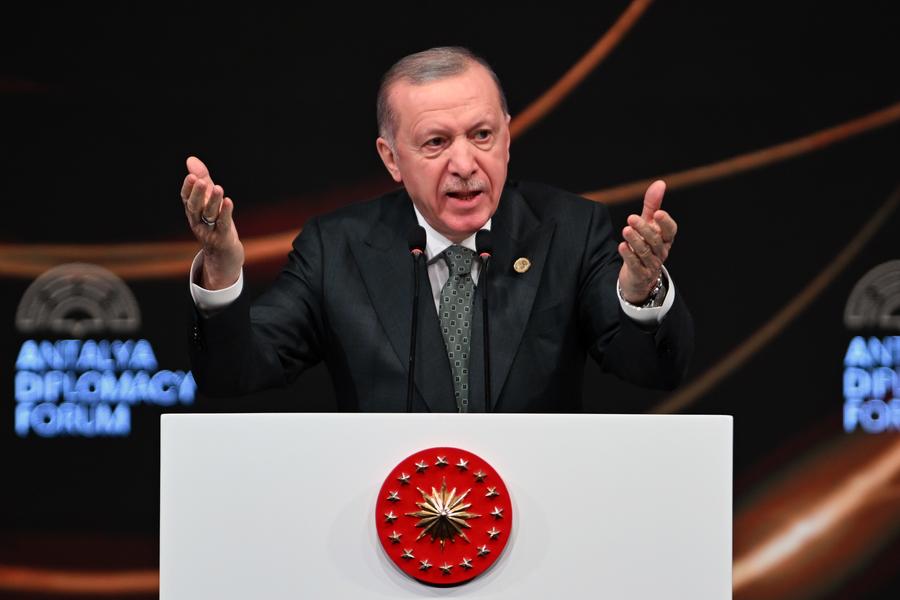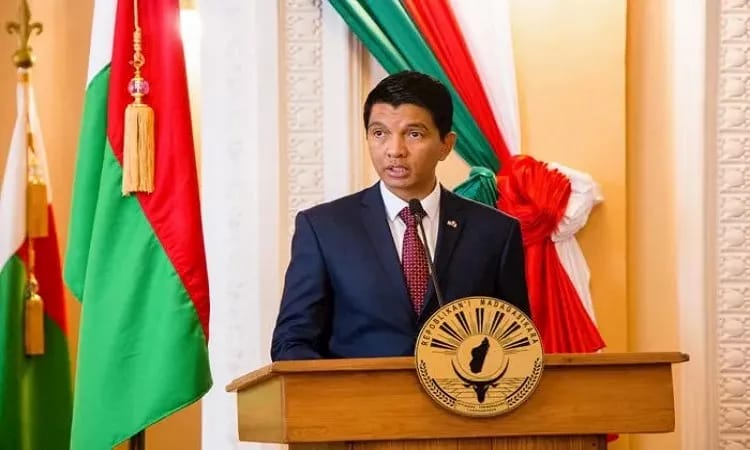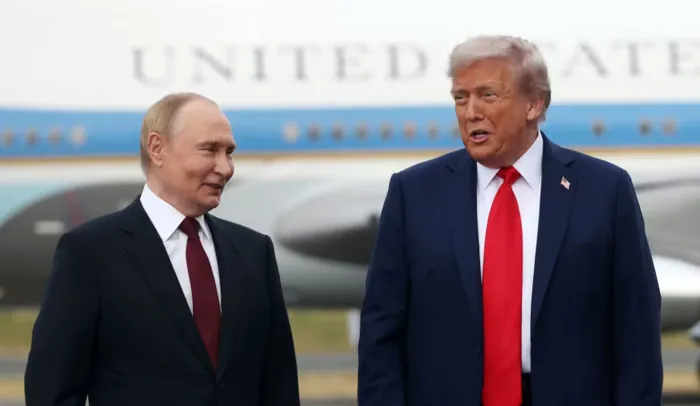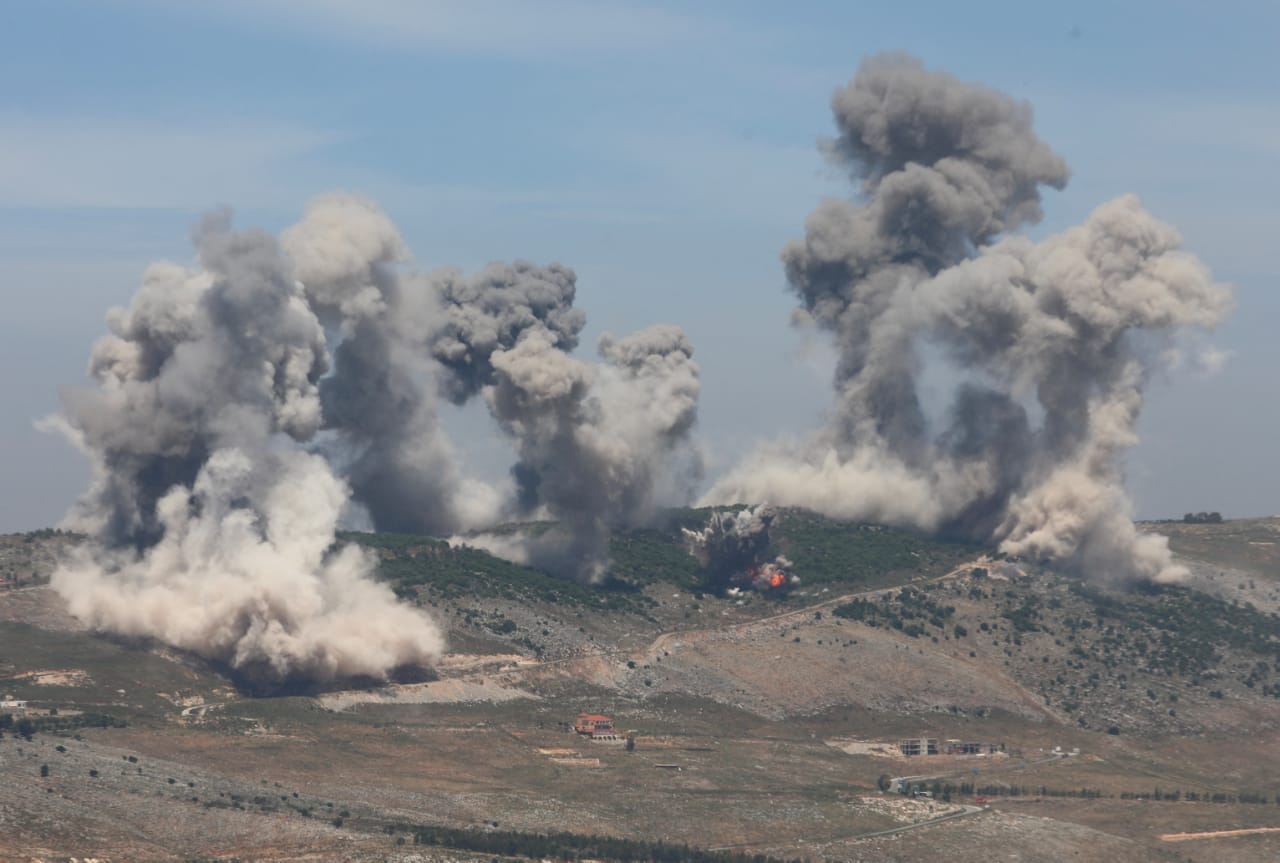Alsharq Tribune-AFP
UN humanitarians said Wednesday that delivering vital support to northern Gaza remains challenging, even though the ceasefire took effect more than 10 days ago.
The UN Office for the Coordination of Humanitarian Affairs (OCHA) said that since the ceasefire took effect on Oct. 10, the world body and its partners have made progress in scaling up response efforts, especially in central and southern areas of the Gaza Strip.
However, the continued closure of the Zikim and Erez border crossings, which provide direct access to the north, makes it extremely challenging for humanitarian aid to reach the area, OCHA said.
At the same time, UN partners monitoring population flows across Gaza have reported more than 425,000 movements from southern to northern parts of the strip since Oct. 10.
UN Population Fund Deputy Executive Director Andrew Saberton, who just returned from Gaza, told reporters that the agency was able to bring in some assistance last week through the Kerem Shalom/Karem Abu Salem crossing.
"We have been distributing medical supplies and equipment, including incubators, delivery beds and fetal monitoring machines, that were prepositioned inside Gaza, to hospitals," he said. "But the trickle of aid being allowed to enter Gaza after the ceasefire is nowhere near enough."
Inside Gaza on Tuesday, out of 10 humanitarian missions coordinated with the Israeli authorities, six were facilitated, including the collection of water tanks, hygiene kits and fuel from the crossings into Gaza, OCHA said.

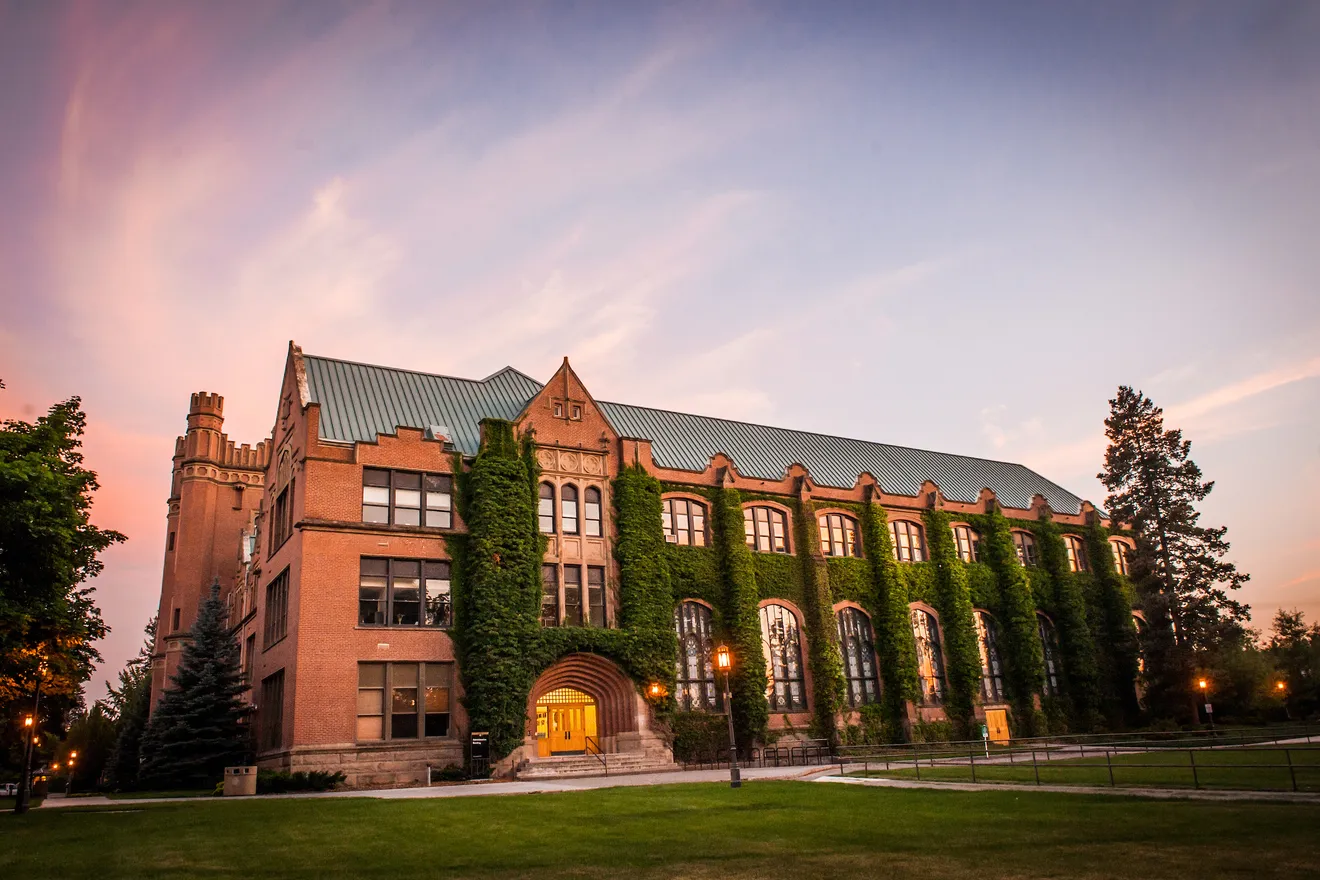






.png?locale=en)
